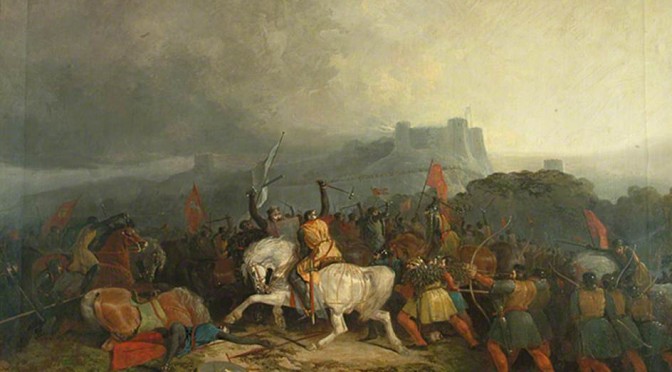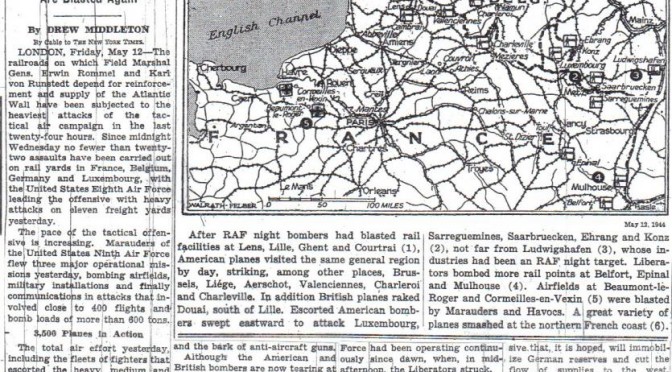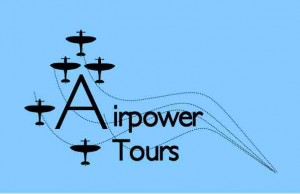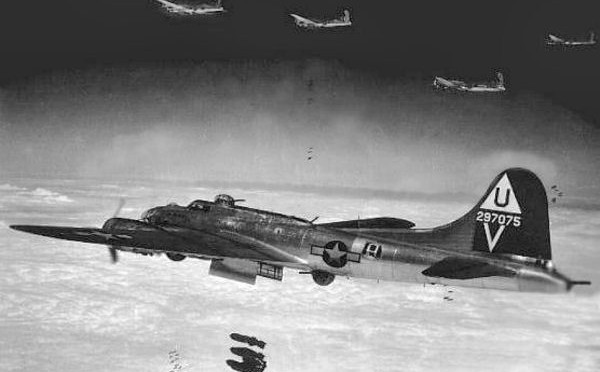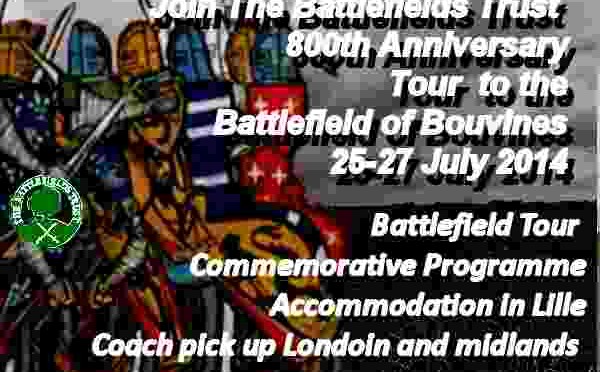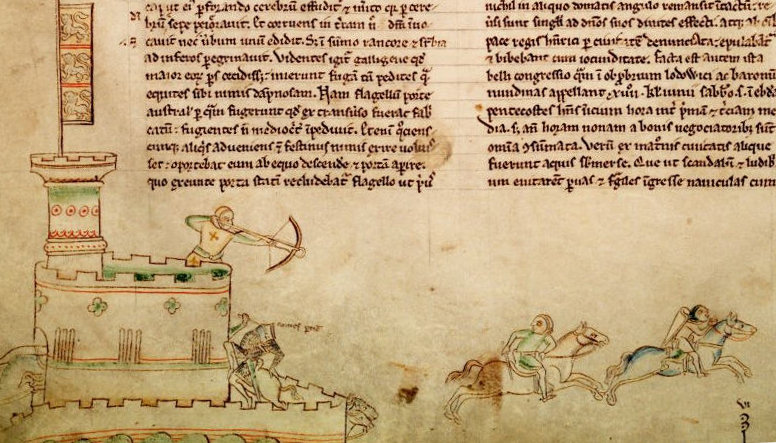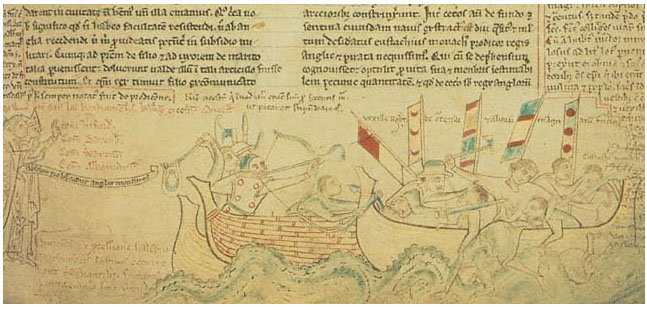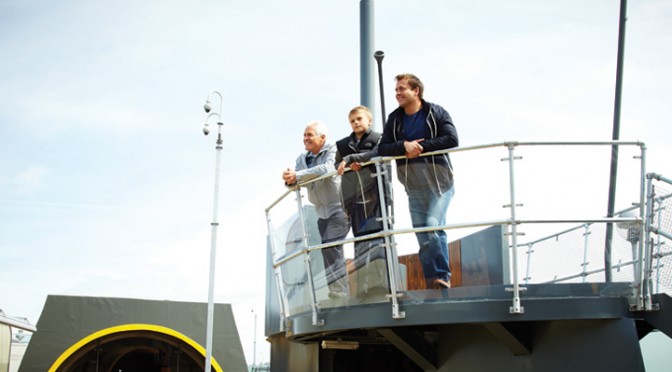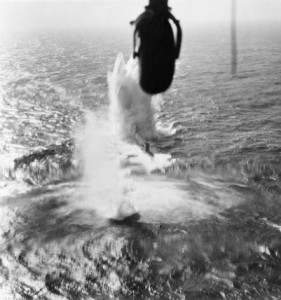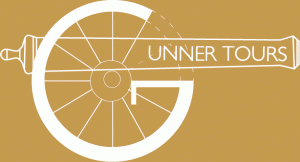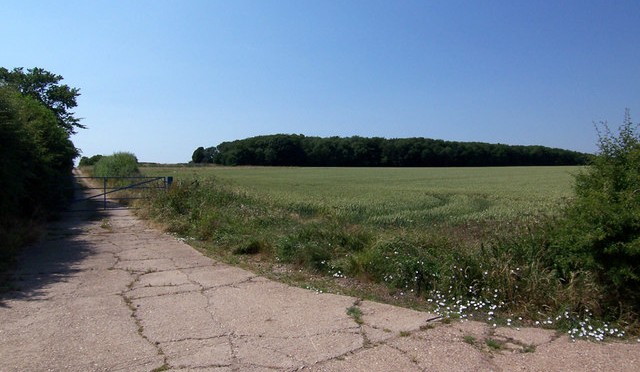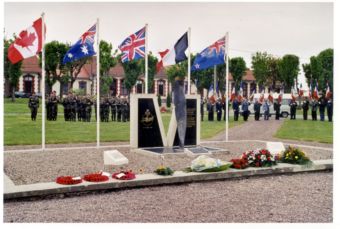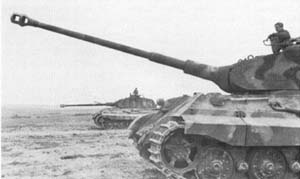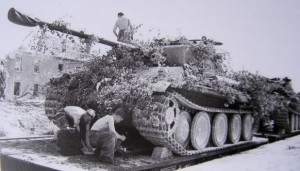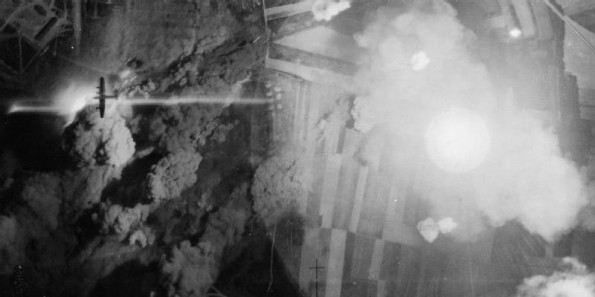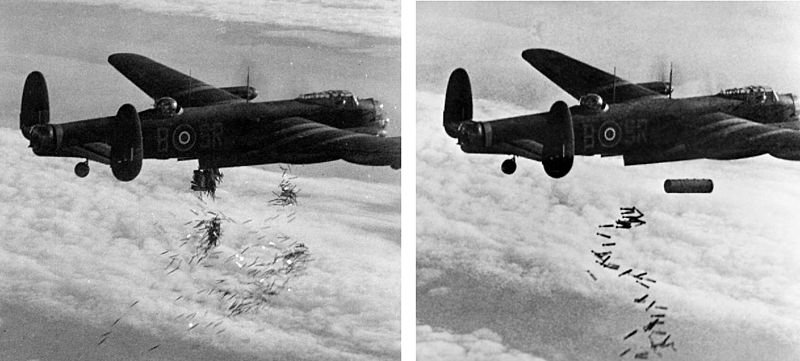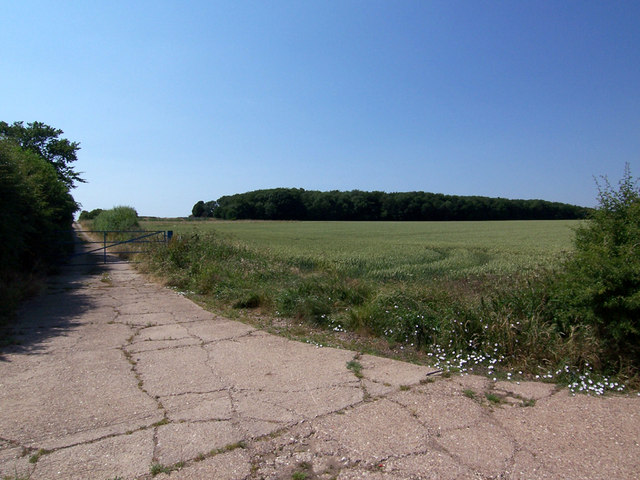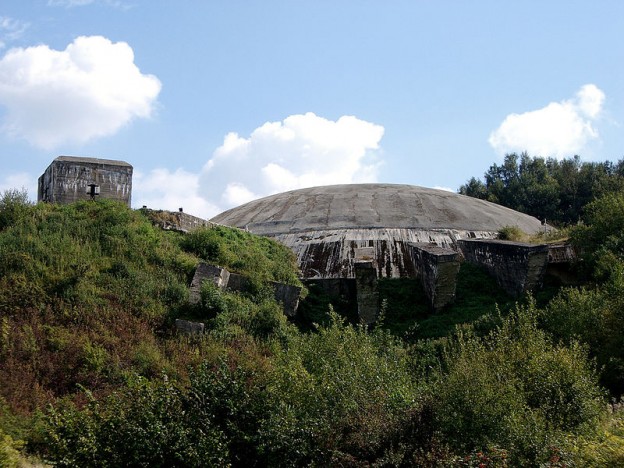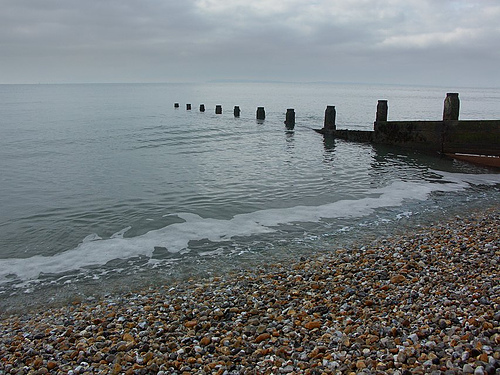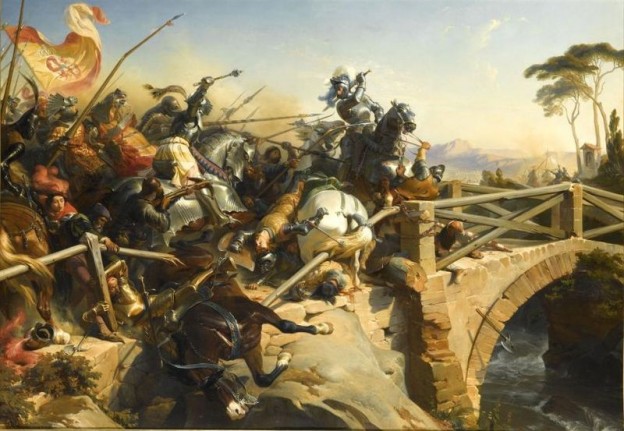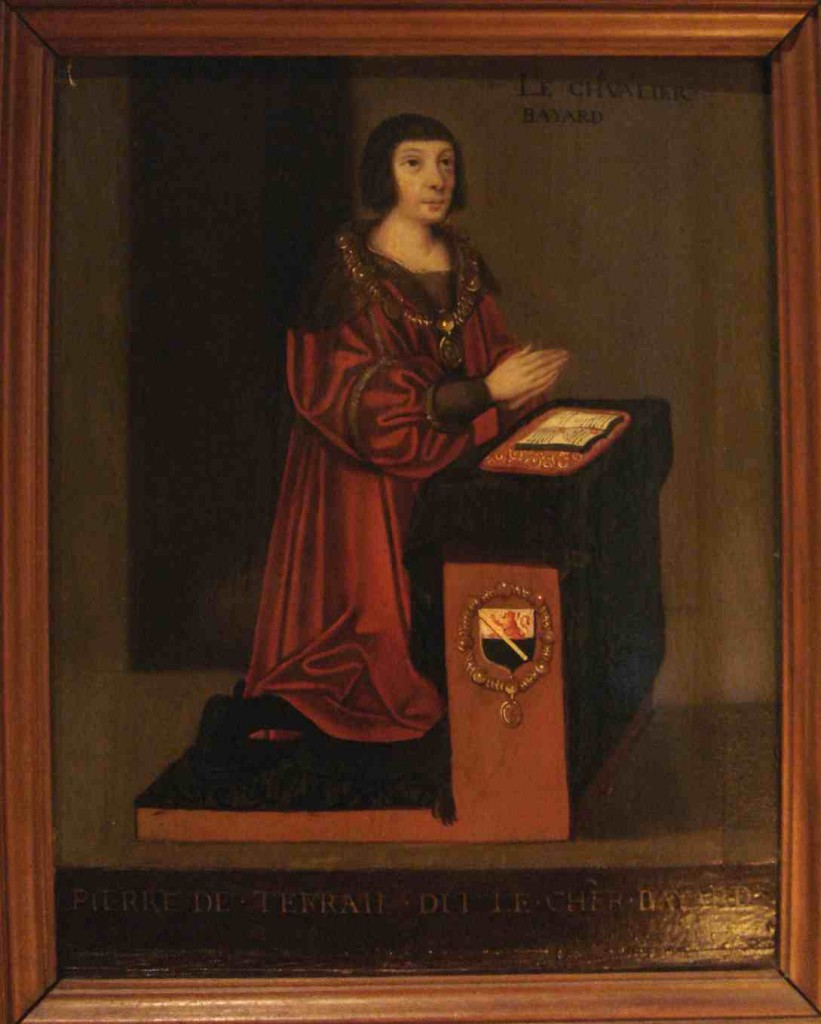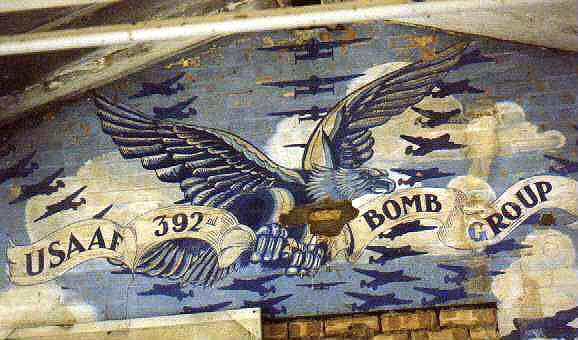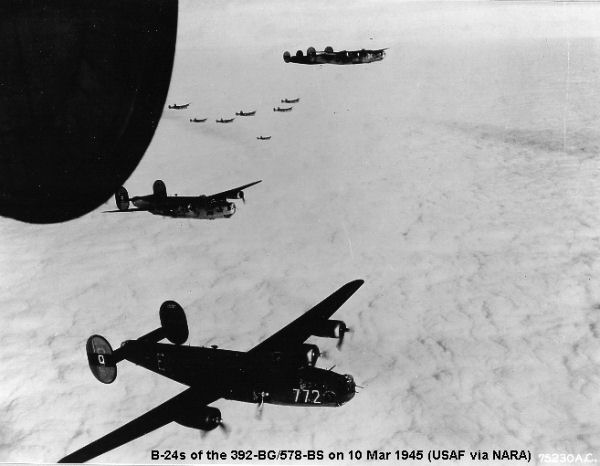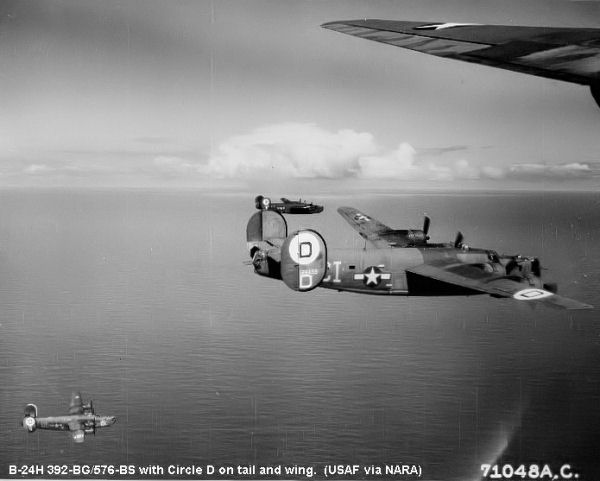
14th May 2014 is the 750th anniversary of the Battle of Lewes, a key event in the Barons wars, which resulted, in the cocmmitment of the Kings of England to abide by the Magna Carta signed just under fifty years earlier.
The Battle of Lewes was one of two main battles of the conflict known as the Second Barons’ War. It took place at Lewes in Sussex, on 14 May 1264. It marked the high point of the career of Simon de Montfort, 6th Earl of Leicester, and made him the “uncrowned King of England”. Henry III left the safety of Lewes Castle and St. Pancras Priory to engage the Barons in battle and was initially successful, his son Prince Edward routing part of the Baronial army with a cavalry charge. However Edward pursued his quarry off the battlefield and left Henry’s men exposed. Henry was forced to launch an infantry attack up Offham Hill where he was defeated by the Barons’ men, defending the hilltop. The royalists fled back to the castle and priory and the King was forced to sign the Mise of Lewes, ceding many of his powers to Montfort.
King Henry III, in his efforts to subdue the reforms springing from the Provisions of Oxford of 1258, provoked a baronial faction led by Simon de Montfort, Earl of Leicester, to the extent that civil war as only a matter of time.
Simon de Montfort and the baronial army marched on the King at Lewes and positioned themselves on the crest of the Downs to the north-west of the town. The King’s foot soldiers followed the cavalry under Prince Edward up the long hill, but were pushed right back against the Castle and Priory in the town. The royal army suffered significant casualties, several leading supporters of the King had fled, and much of the town was ablaze.
 The only near contemporary account is from one William of Rishanger. Chronicle of William de Rishanger of the Barons’ Wars ed. J.O.Halliwell (Camden Society 1840). Here in the English Heritage Battlefield report.
The only near contemporary account is from one William of Rishanger. Chronicle of William de Rishanger of the Barons’ Wars ed. J.O.Halliwell (Camden Society 1840). Here in the English Heritage Battlefield report.
Earl Simon passed that night without sleep, giving time, as was his habit, to divine offices and prayers and exhorting his men to make sincere confessions. Walter de Cantilupe, Bishop of Worcester, absolved them all, and commanded that for the remission of their sins they should manfully strive for justice on that day, promising to all who should die thus the entry into the heavenly kingdom.
Battle being therefore certain, at daybreak before the rising of the sun, they went out from the village of Fletching, where a great part of them had spent the night, and which was about ten miles from Lewes. Before the start earl Simon de Montfort girt Gilbert de Clare with a knight’s sword.
When they had marched near the town of Lewes and were hardly two miles distant from it, Simon with his men ascended a hill and placed his chariot there in the middle of his baggage, and having purposely placed and firmly erected his standard upon it, he encircled it with many armed men.
Then with his own forces he held the ground on either side and awaited the issue of events. In the chariot he set four London citizens, who a little before, when he passed the night in Southwark, had conspired to betray him. This he did as a warning.
When he had thus prudently arrayed his forces, he ordered white crosses to be sewn on their backs and breasts over their armour, so that they should be distinguished from their enemies, and to indicate that they were fighting for justice. At dawn the baronial army suddenly attacked the king’s guards who had gone out to seek for food or fodder and killed many of them.
When the king therefore was sure of the coming of the barons, he soon advanced with his men, with his standards unfurled and preceded by the royal banner, portending the judgment of death, which they call the ‘Dragon’. His army was divided into three parts: the first line was commanded by Edward, the king’s eldest son, together with William de Valance, earl of Pembroke, and John de Warenne, earl of Surrey and Sussex; the second by the king of Germany with his son Henry; and the third by king Henry himself. The baronial forces were divided into four, of which the first line was given to Henry de Montfort, the second to Gilbert de Clare together with John FitzJohn, and William of Montchensy; in the third were the Londoners under Nicholas Segrave; while the earl himself with Thomas of Pelveston led the fourth.
Then Edward with his line rushed on his enemies with such violence that he compelled them to retreat, and many of them, to the number of sixty knights, it is said, were overwhelmed. Soon the Londoners were routed, for Edward thirsted for their blood because they had insulted his mother, and he chased them for four miles, slaughtering them most grievously. But through his absence the strength of the royalists was considerably diminished.
Meanwhile many of the might men of the royal army, seeing the earl’s standard on the hill and thinking he was there, made their way thither and unexpectedly slew those London citizens, for they did not know that they were on their own side. In the meantime the earl and Gilbert de Clare were by no means inactive, for they smote, threw down and killed those who opposed them, endeavouring with the utmost eagerness to take the king alive. Therefore many of the king’s supporters rushed together – John earl of Warenne, William de Valance, Guy de Lusignan, all the king’s half brothers, Hugh Bigod and about three hundred warriors – and seeing the fierceness of the barons, fled. There were captured Richard, the king of Germany, Robert Bruce and John Comyn, who had led the Scots thither. Also King Henry had his horse wounded under him, and giving himself up to earl Simon was soon brought under guard to the priory.
There were killed on that day many Scottish barons, and a great number of the foot soldiers who came with them had their throats cut. Meanwhile Humphrey de Bohun earl of Hereford, John FitzAlan earl of Arundel, William Bardolf, Robert de Tateshale, Roger de Somery, Henry Percy and Philip Basset were taken prisoner. But on the king’s side there fell the justiciar, William of Wilton and Fulk FitzWarin, the one slain by a sword, the other drowned in the river. On the barons’ side fell Ralph Haringod, baron, and William Blund the earl’s standard bearer. On both sides five thousand are said to have fallen.
When Edward and those fighting with him returned from the slaughter of the Londoners, not knowing what had happened to his father, he went round the town and came to Lewes castle. When he did not find his father there, he went to Lewes priory, where he found his father and learned what had happened. Meanwhile the barons made an assault on the castle, but as those shut up in it defended themselves manfully, the barons withdrew. When Edward saw their boldness within the castle, he was greatly inspirited, and collecting his men again, he wished to continue the battle afresh. Discovering this the barons sent arbitrators of peace, promising that they wished to treat for an effectual peace the next day.
If you would like to visit the Battlefield of Lewes contact British Battlefields. info@britishbattlefields.com
Battlefields Trust Resource Centre here
The 75th anniversary website is here website http://simon2014.com/
Festival programme here
More about the battles and sieges associated with Magna Carta and the Barons Wars here
